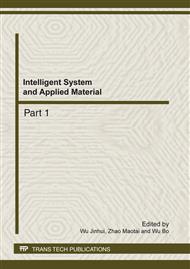p.1261
p.1266
p.1271
p.1275
p.1279
p.1285
p.1290
p.1295
p.1300
Dynamic Analysis of a Truck Frame with Fuzzy Uncertain Parameters
Abstract:
Frame acts as the structural backbone of a truck, which supports the components and payload placed upon it. When the truck travels along the road, the frame is subjected to vibration induced by road roughness and excitation by vibrating components such as power-train, transmission shaft and more that mounted on it. Though many researchers have made great progress in the static and dynamic analysis of truck frame, most research was based on the assumption that all the design parameters of truck frame were deterministic. However, design variables for truck frame are always uncertain in the actual realistic engineering cases due to tolerances in manufacturing and assembly processes. In this paper, fuzzy algorithm is introduced to analysis the response of the frame with uncertain parameters. By using fuzzy set theory, uncertain input parameters such as the elastic modulus, Poisson ratio are described mathematically as fuzzy variables or fuzzy random variables and integrated into mode analysis. The simulations are carried out to analysis the system performance under fuzzy uncertain parameters. Results are presented showing the effectiveness of the method for modeling systems with uncertain parameters.
Info:
Periodical:
Pages:
1279-1284
Citation:
Online since:
February 2012
Authors:
Keywords:
Price:
Сopyright:
© 2012 Trans Tech Publications Ltd. All Rights Reserved
Share:
Citation:


